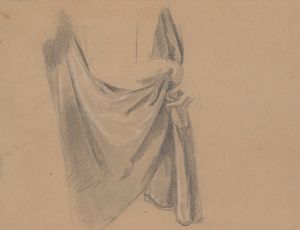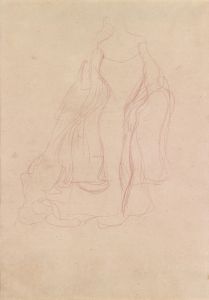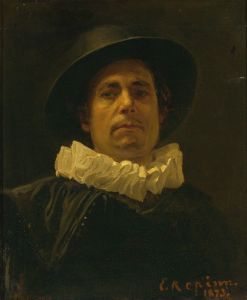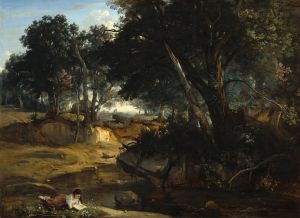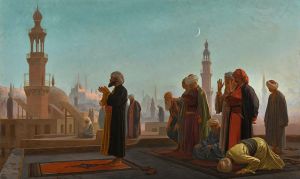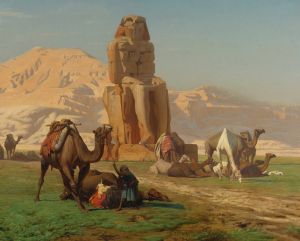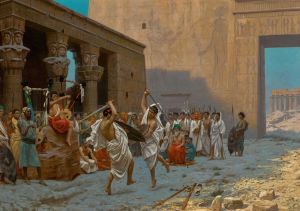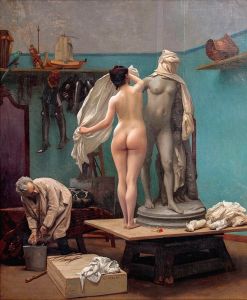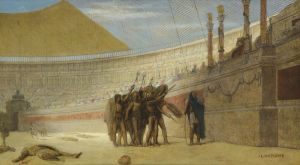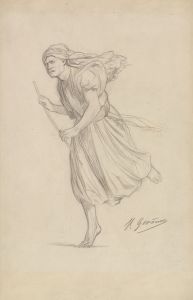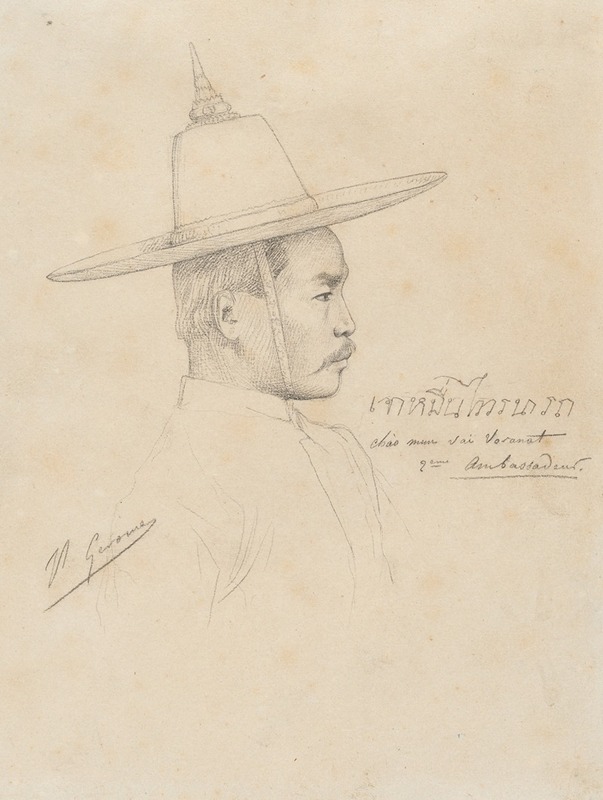
Study for “The Reception of the Siamese Ambassadors at Fontainebleau”
A hand-painted replica of Jean-Léon Gérôme’s masterpiece Study for “The Reception of the Siamese Ambassadors at Fontainebleau”, meticulously crafted by professional artists to capture the true essence of the original. Each piece is created with museum-quality canvas and rare mineral pigments, carefully painted by experienced artists with delicate brushstrokes and rich, layered colors to perfectly recreate the texture of the original artwork. Unlike machine-printed reproductions, this hand-painted version brings the painting to life, infused with the artist’s emotions and skill in every stroke. Whether for personal collection or home decoration, it instantly elevates the artistic atmosphere of any space.
Jean-Léon Gérôme's Study for “The Reception of the Siamese Ambassadors at Fontainebleau” is a preparatory work for a larger painting that depicts a historical event: the reception of Siamese ambassadors by Napoleon III at the Château de Fontainebleau in 1861. This diplomatic meeting marked a significant moment in 19th-century Franco-Siamese relations, as it symbolized efforts to strengthen political and economic ties between France and Siam (modern-day Thailand).
The study showcases Gérôme's meticulous attention to detail and his interest in historical accuracy, which were hallmarks of his academic painting style. Gérôme, a prominent French artist of the 19th century, was known for his historical and orientalist works, often characterized by their precise rendering and dramatic compositions. In this study, Gérôme likely explored the arrangement of figures, costumes, and architectural elements to ensure the final painting would authentically represent the grandeur and formality of the event.
The reception itself was part of a broader diplomatic mission led by Siamese King Rama IV (Mongkut) to establish formal relations with European powers. The ambassadors presented gifts and letters to Napoleon III, emphasizing Siam's openness to international cooperation and modernization. Gérôme's depiction of the event reflects the ceremonial nature of such diplomatic exchanges, highlighting the cultural and political significance of the encounter.
While the study provides insight into Gérôme's creative process, it is not as widely known or extensively documented as some of his completed works. The final painting, which this study informed, is believed to have been completed around the same time and captures the opulence of the setting, the elaborate attire of the participants, and the solemnity of the occasion.
Gérôme's work on this subject aligns with his broader interest in documenting historical events and cross-cultural interactions, often through a lens that emphasized the exotic and the spectacular. His paintings were celebrated for their technical precision and ability to bring historical moments to life, making them popular among both contemporary audiences and later art historians.
Further details about the specific whereabouts or current status of the study are not widely available, and it is unclear whether it is held in a public collection or remains in private hands.





